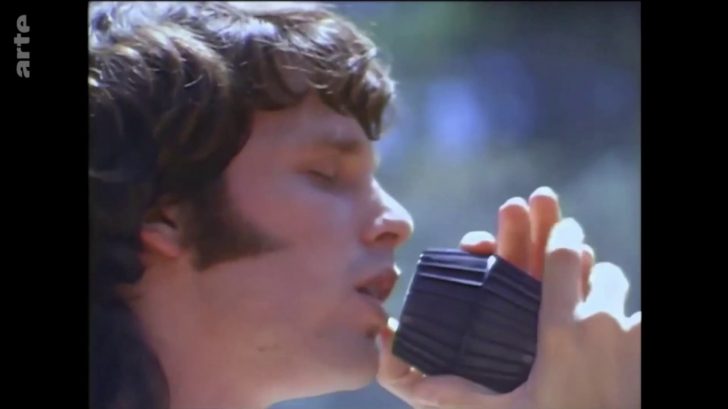Before Woodstock and Coachella, the earliest recorded festivals date back to ancient Greece. The Greeks honored the gods by organizing competitions in drama, poetry, music, and athletics. To honor Dionysus, the god of wine and ecstasy, the Greeks celebrated the festival of Dionysus, which consisted of performances of tragedy and comedy. Famous Greek playwrights, such as Sophocles, Euripides and Aristophanes, participated in these festivals.
Fast forward to today, and festivals have survived the test of time to become a mainstream business. Since music is virtually free with a minimal subscription-based fee through streaming services, artists can find it difficult to make money from record sales. Instead, they are financially dependent on ticket sales for live performances. This is also working in favor of fans, as more people are looking to spend their money on experiences, like trips and festivals, rather than material goods.
Perhaps the most requested music festival experience was Woodstock in 1969. To this day, the producers and organizers of the festival try to recreate the peaceful atmosphere of love and music. That event directly shaped the way we experience music: attending a music festival has become a cultural phenomenon and a right of way that serves as a timestamp of the popular music of the moment.
The first American festival was the Magic Mountain Fantasy Fair and Music Festival, on Mount Tamalpais, across the Golden Gate, in a 4,000-seat stone amphitheater. Located at an altitude of about 2,000 meters, the price of admission, two dollars, included the transfer to the mountain in the school buses of the Trans-love lines (they beat Kobetamendi there), performances on two stages by Doors, Jefferson Airplane, The Who, Janis with The Big Brother, The Byrds or Jimi Hendrix, among the 36 groups, free drugs and medical assistance in case of a bad acid trip. Organized for June 3 and 4, the festival was postponed for a week due to bad weather but still attracted some 36,000 people.
The Magic Mountain festival was like a dress rehearsal for the Monterey festival, which would go down in history the following weekend. Curiously, it is born more than 4,000 kilometers away, in New York. That’s where The Mamas & The Papas come from, a vocal quartet that tries their luck in Los Angeles. After settling in, their leader, John Phillips, lent a song to his fellow Virginian Scott McKenzie, who released ‘San Francisco (be sure to wear flowers in your hair)’ on May 13, 1967 to quickly become the generational anthem of the hippies. In fact, it was the promotional song for the Monterey festival, which would be held a month later for three intense days less than two hours from San Francisco. There were Jimi Hendrix (with Brian Jones as a guest), The Who, the Indian Ravi Shankar, Janis Joplin and Otis Redding; and also the emerging acid rock bands, such as The Grateful Dead or Jefferson Airplane, who shared the stage with The Byrds, Simon & Garfunkel, Eric Burdon and The Animals, and The Mamas & The Papas, who, of course, invited Scott McKenzie to check if everyone had flowers in their hair.

